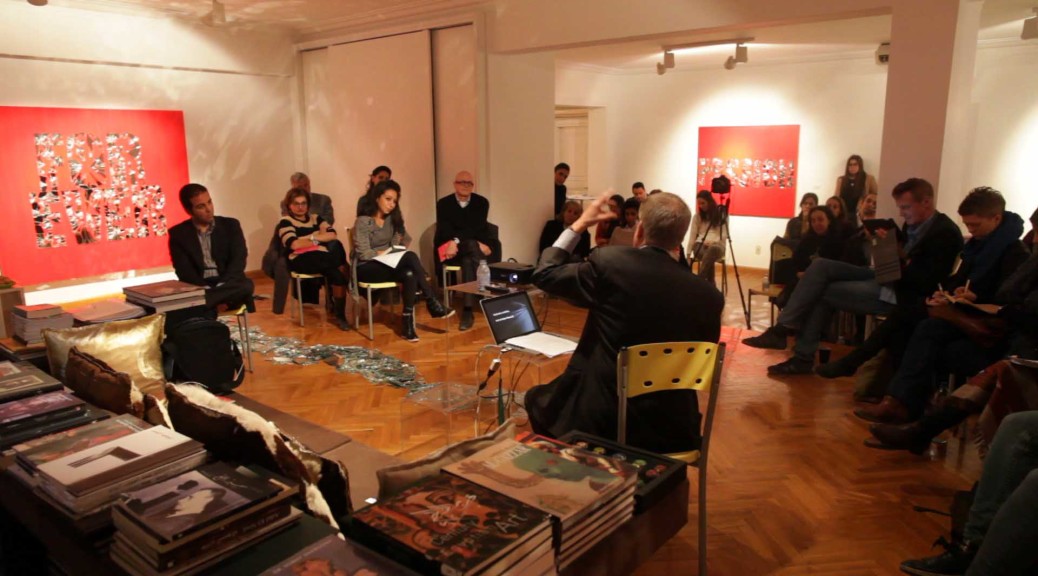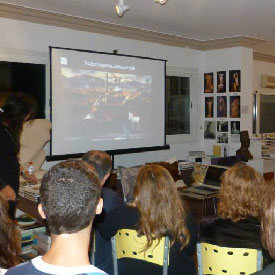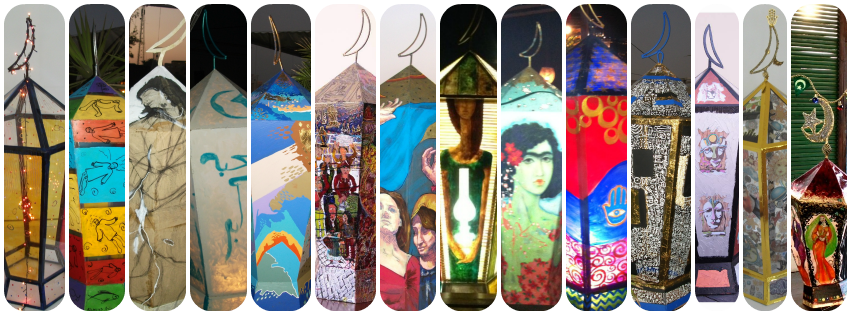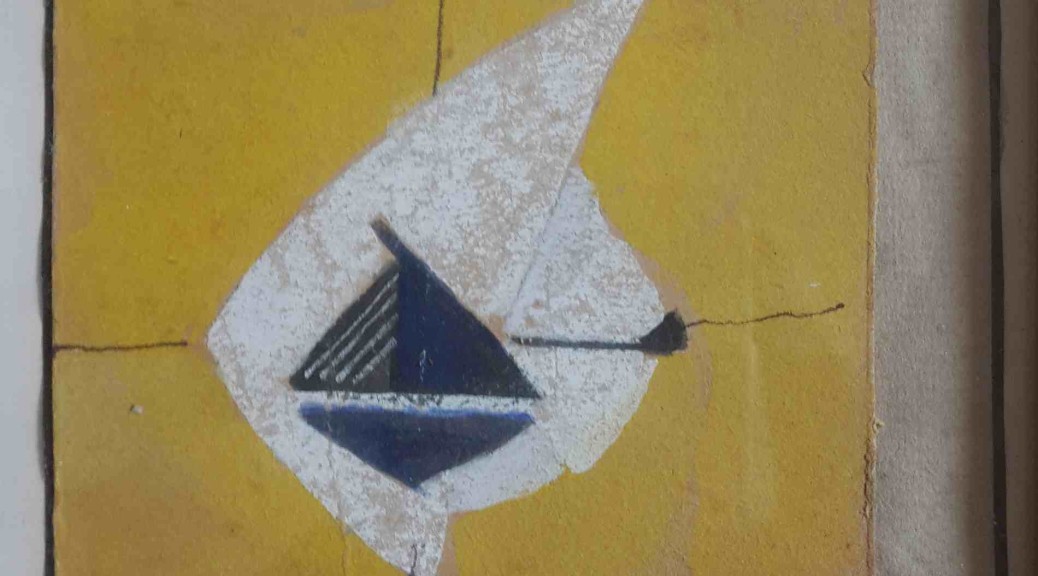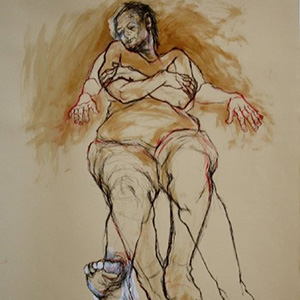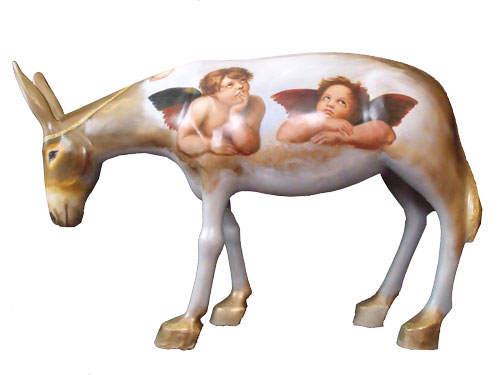Zamalek’s ArtTalks Gallery currently hosts an exhibition of rare artworks by key figures in modern Egyptian art representing the artistic movements that emerged in the first half of the 20th century.
Works by Mahmoud Said, Mahmoud Mokhtar, Ragheb Ayad, Adham Wanly, Seif Wanly, Margaret Nakhla, Yousef Kamel, Ramses Younan and Fouad Kamel, on loan to ArtTalks from private collections, were presented Tuesday 12 November in a talk on the History of Egyptian Modern Art delivered by gallery founder Fatenn Mostafa.
Since its launch in December 2012, ArtTalks has been on a dual mission: to present and support young Egyptian artists, and to act as a forum for knowledge by familiarising the public with the roots of modern Egyptian art.
Therefore, while most galleries nowadays dedicate their space to works by more contemporary artists, this show provides a valuable glance into the artwork of the pioneers of modern Egyptian art.
During her talk, Mostafa took on the daunting task of covering four decades of art history in two hours. The seminar presented key painters of the first half of the 20th century while a small collection of their works adorned the walls surrounding the attendees.
The talk established three men as game-changers in Egypt’s modern art scene: Sheikh Mohamed Abdou, then the country’s mufti (authority responsible for issuing religious edicts), who endorsed art and refuted claims of its contradiction with Islamic principles; Prince Youssef Kamel, who personally financed art and founded the Fine Arts University in 1908, and Mahmoud Khalil Pasha, who established the first Museum of Fine Arts in Egypt back in 1927.
After decades of foreign occupation, the struggle for a sovereign national identity was the driving force behind the birth of Egyptian modern art, Mostafa explained.
The first movement of modern Egyptian art was therefore replete with indigenous identity, as many painters began to depict everyday life and ordinary subjects. This generation of artists also drew inspiration from their Pharaonic roots.
Among this group is Mohamed Nagui, who has been described as the father of modern Egyptian art, and assumed a number of prominent positions in art institutions locally and internationally.
Also among Egypt’s pioneering modern artists was Mahmoud Mokhtar, generally referred to as the father of modern Egyptian sculpture.
Other painters such as Ragheb Ayad and Yousef Kamel were also influenced by Pharaonic subject matter, and set out to chronicle intimate images from Egypt’s society.
“The importance of art is that it is a documentation of our history,” Mostafa commented.
The seminar delved into the life and work of Mahmoud Said, probably Egypt’s most widely known artist. Six of the master’s artworks are exhibited at ArtTalks for the duration of this exhibition.
In the works of such artists as Margaret Nakhla, who painted scenes in public baths as well as Church weddings, emerged a revolutionary depiction of the mundane.
Mostafa then presented the second generation of artists, the Art and Freedom Group. She calls them the “Tahrir Square of the 40s,” in that they brought forward revolutionary ideals and posed art as a tool with which to challenge oppressive forces in society.
This movement’s artwork was radically different from any other period in Egypt’s art history; surrealist and abstract art emerged, heavily influenced by Western artists and styles.
The works of artists who belonged to this surrealist art movement are also exhibited at ArtTalks until next week, including paintings by Ramses Younan, Fouad Kamel and Kamel El-Telmessani.
Programme:
The exhibition runs until 20 November at ArtTalks.
8 Al-Kamel Mohamed Street, Zamalek, Cairo


